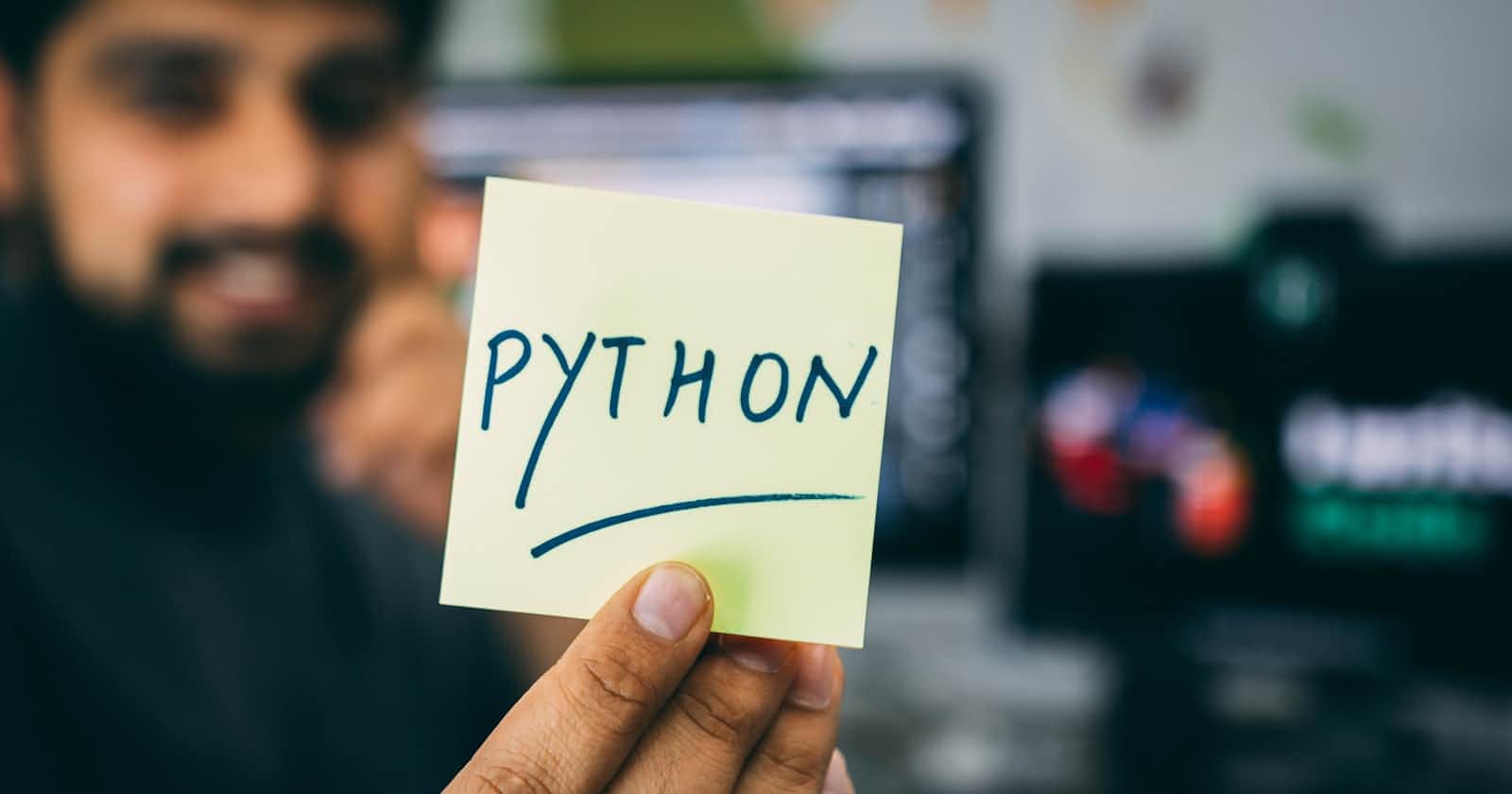Introduction
Embarking on the exciting journey of machine learning with Python can be both rewarding and challenging. In this guide, we'll focus on the essential starting topics that will lay a strong foundation for your exploration in the realm of machine learning.
Installing Python
Installing Python
Before anything else, ensure Python is installed on your system. Visit Python's official website (https://www.python.org) to download and install the latest version.
Python Basics
Variables and Data Types
Understand the basics of Python variables and data types. Variables store information, and data types define the kind of data.
# Example of variables and data types
name = "Alice"
age = 28
height = 1.65
is_student = True
Control Flow Statements
Learn how to control the flow of your program with if, else, and while statements. These are crucial for implementing decision-making logic.
# Example of control flow statements
if age >= 18:
print("You are eligible.")
else:
print("You are underage.")
Lists and Loops
Lists are versatile data structures, and loops help iterate through them. Mastering these is essential for handling and processing data.
# Example of lists and loops
fruits = ["apple", "banana", "orange"]
for fruit in fruits:
print(f"I love {fruit}s!")
Basic File Handling
Understanding file handling is vital for dealing with datasets. Learn how to read from and write to files using Python.
# Example of file handling
with open("data.txt", "w") as file:
file.write("Hello, Python!")
with open("data.txt", "r") as file:
content = file.read()
print(content)
Taking User Input
Learn how to interactively take input from users. This skill is valuable for creating dynamic and user-friendly applications.
# Example of taking user input
user_name = input("Enter your name: ")
print(f"Hello, {user_name}!")
Basic Error Handling
Understand the importance of handling errors gracefully to enhance the robustness of your code.
# Example of error handling
try:
num = int(input("Enter a number: "))
result = 10 / num
print(f"Result: {result}")
except ZeroDivisionError:
print("Cannot divide by zero.")
except ValueError:
print("Please enter a valid number.")
Defining Functions
Break down your code into modular and reusable components by creating functions.
# Example of defining a function
def greet(name):
print(f"Hello, {name}!")
greet("Bob")
Return Statements
Understand how to use the return statement to send data back from a function.
# Example of using return statement
def add_numbers(a, b):
return a + b
result = add_numbers(3, 5)
print(f"Sum: {result}")
Introduction to Libraries
Math Library
Explore the built-in math library for mathematical operations.
# Example of using the math library
import math
result = math.sqrt(25)
print(f"Square root: {result}")
Random Library
Learn how to generate random numbers using the random library.
# Example of using the random library
import random
random_number = random.randint(1, 10)
print(f"Random number: {random_number}")
Basic Data Structures
Dictionaries
Understand the basics of dictionaries, a powerful data structure for storing key-value pairs.
# Example of using dictionaries
student = {"name": "Alice", "age": 22, "grade": "A"}
print(f"{student['name']} got a {student['grade']}!")
Lists and List Comprehensions
Delve deeper into lists and learn about list comprehensions for concise code.
# Example of list comprehensions
numbers = [1, 2, 3, 4, 5]
squared_numbers = [num**2 for num in numbers]
print(squared_numbers)
Conclusion
These fundamental topics provide a solid starting point for your journey into machine learning with Python. These topics provide a broader perspective on Python and set the stage for more advanced concepts in both programming and machine learning. Happy coding!

